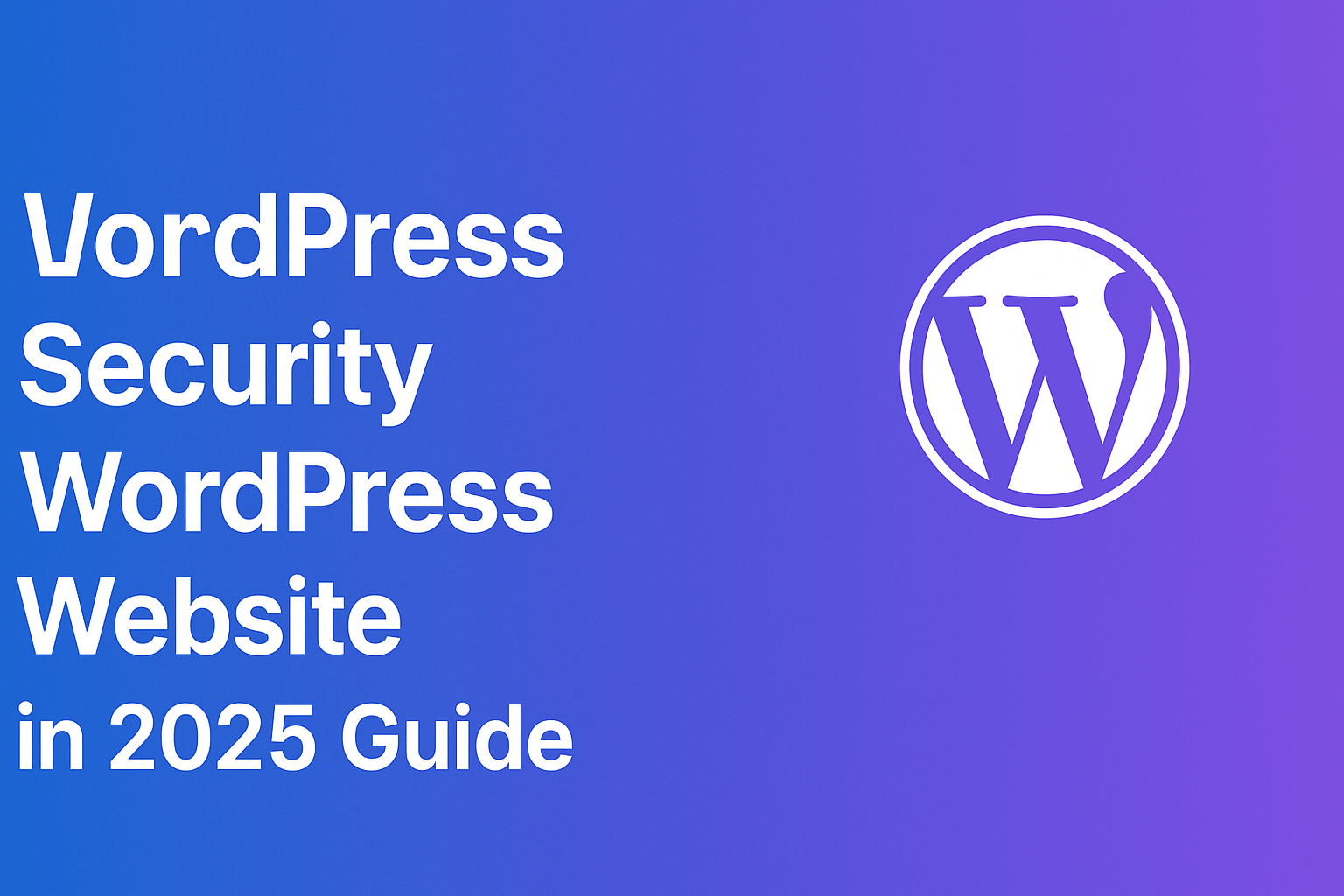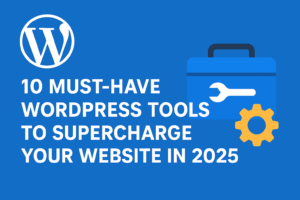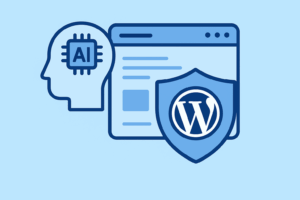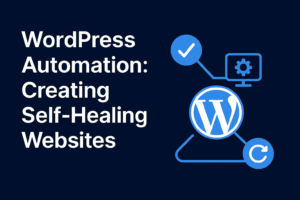Keeping your WordPress site secure in 2025 is more critical than ever. With new forms of malware, phishing attempts, and automated attacks targeting small websites, every site owner needs a solid defense plan.
In this complete guide, we’ll cover the best strategies, plugins, and habits to keep your website safe and your data protected.
Why WordPress Security Matters More Than Ever
WordPress powers over 40% of all websites. That makes it a prime target for hackers — not because it’s weak, but because it’s popular.
A single outdated plugin or weak password can compromise your entire website and leak sensitive information.
Here’s why prioritizing security is essential:
-
Protects user data and trust
-
Prevents downtime and SEO penalties
-
Keeps your business reputation intact
-
Avoids costly cleanup after hacks
Common WordPress Security Vulnerabilities
Even the most secure sites can be exposed if misconfigured. The most common threats include:
-
Brute-force attacks: Bots guessing passwords automatically
-
SQL injection: Attackers inserting malicious queries into your database
-
Cross-site scripting (XSS): Injections that manipulate site scripts
-
Malicious plugins or themes: Infected third-party code
-
Weak admin credentials: Simple usernames and passwords
-
Outdated WordPress core or plugins
🔒 Tip: Always use trusted plugins from the WordPress Plugin Directory or verified premium sources.
Step-by-Step: How to Secure Your WordPress Website in 2025
1. Keep Everything Updated
Outdated plugins, themes, or WordPress versions are the #1 cause of hacks.
Enable automatic updates for minor versions and schedule regular manual checks for major updates.
2. Use a Strong Login Policy
-
Change the default
adminusername -
Use long, unique passwords
-
Limit login attempts (using a plugin like Limit Login Attempts Reloaded)
-
Enable Two-Factor Authentication (2FA)
3. Install a Trusted Security Plugin
A good security plugin adds a protective layer against most attacks.
Top choices for 2025:
-
Wordfence Security (free & premium)
-
iThemes Security Pro
-
Sucuri Security
-
All-In-One WP Security & Firewall
These plugins handle login protection, firewall rules, and malware scans automatically.
4. Activate HTTPS (SSL)
If your website still runs on HTTP, browsers will flag it as “Not Secure.”
Use Let’s Encrypt or your hosting provider’s SSL certificate.
HTTPS encrypts all data between your visitors and your server, protecting login details and form submissions.
5. Backup Regularly
Even with top security, you must have a recovery plan.
Use plugins like UpdraftPlus, Jetpack Backup, or BlogVault to automate daily backups.
Store them safely off-site — e.g., in Google Drive or Dropbox.
6. Set File and Folder Permissions
-
/wp-config.phpshould not be writable by anyone other than the owner. -
Avoid 777 permissions.
-
Use
755for folders and644for files.
7. Disable XML-RPC If Not Needed
XML-RPC allows remote connections to WordPress but is often exploited in brute-force attacks.
You can disable it through .htaccess or your security plugin.
8. Enable a Firewall
A Web Application Firewall (WAF) filters malicious traffic before it reaches your site.
Both Wordfence and Sucuri include WAF features that block bots, DDoS attacks, and injection attempts.
Bonus: Advanced WordPress Security Settings
-
Hide your WordPress version number
-
Disable file editing in wp-admin:
-
Limit access to wp-admin: Restrict to specific IPs if possible
-
Enable automatic malware scanning through your hosting provider
💡 Pro Tip: Combine your plugin firewall with your hosting provider’s protection (like Cloudflare’s WAF or SiteGround’s security layer).
Best Hosting Providers for Secure WordPress Sites (2025)
| Provider | Key Security Features | Starting Price |
|---|---|---|
| Kinsta | Firewall, malware scanner, free backups | $35/month |
| SiteGround | AI bot protection, SSL, daily backups | $15/month |
| WP Engine | Managed security, automatic updates | $25/month |
| Hostinger | Malware scanner, CDN, SSL | $10/month |
Managed WordPress hosts are often worth the extra cost since they automatically handle patching, server firewalls, and backups for you.
What to Do If Your Site Gets Hacked
-
Put your site in maintenance mode immediately.
-
Scan for malware using your security plugin.
-
Restore a clean backup if needed.
-
Change all passwords (including database and FTP).
-
Reinstall WordPress core files.
-
Contact your hosting provider’s support team — most will help clean infected files.
Final Thoughts
WordPress security is not a one-time setup — it’s an ongoing process.
By combining strong passwords, verified plugins, regular updates, and automated backups, your site can remain secure throughout 2025 and beyond.
Take time to audit your setup every few months, and your WordPress website will stay one step ahead of hackers.




